The Economist just published its latest MBA ranking, which Poets & Quants deemed, “the strangest list of the best business schools ever to be published.” European business schools IESE and HEC topped this year’s list, jumping up from their 2019 ranks of 10 and 3 respectively; however, 15 of the previously top 25 ranked schools declined to participate in this year’s ranking. In total, 49 out of the 165 schools invited to submit data either declined or were deemed ineligible and another 13 opted not to send the associated survey to their students or alumni. Among the 62 were some of the world’s most prestigious programs including Harvard, Stanford, Wharton, INSEAD, London Business School, CEIBS, Cornell, Dartmouth, and Duke.
The Economist’s resulting top ten, comprised of five U.S. and five European programs, included both expected and unexpected schools. The U.S. schools named in the top ten were Michigan Ross ranked third (up six spots from 2019), NYU Stern ranked fourth (+13), Georgia Tech Scheller ranked fifth (+18), University of Washington Foster ranked eighth (+12), and Carnegie Mellon Tepper ranked tenth (+22). Most of the returning schools that opted into this year’s ranking saw significant positive momentum: 85 percent of schools that participated in 2019 and 2021 saw double-digit improvements in their rankings. Additionally, 41 of the top 50 (excluding two first-time participants) saw their rank increase by at least ten spots, and 24 of those improved by 20 spots or more.
The ranking, which was published despite GMAC’s request to the media to take a hiatus during the pandemic, comes during a tumultuous time for business schools worldwide. The logistical and economic effects of COVID-19 have impacted data typically included in ranking algorithms. Correspondingly, only 28 percent of business schools plan to participate in all MBA rankings this year according to Kaplan survey results published last week. The Kaplan survey, taken in October, asked admissions officers from 90 U.S. business schools, including 14 of the top 50 programs (ranked by U.S. News & World Report), about their plans to participate in rankings this academic year. While just 10 percent responded that they did not plan to participate in any MBA rankings, almost two-thirds (62 percent) said that they only planned to participate in some rankings.
Brian Carlidge, Vice President of Admissions at Kaplan, interpreted the results, saying that, “The majority of business schools have made their admissions processes more flexible, including making the GMAT or GRE optional, so many schools are lacking in test score data this year. Another major data point that goes into the rankings is job placement rate, and with the economy struggling as it is, it’s likely that it wasn’t as easy for Class of 2020 graduates to find employment as it was for Class of 2019 graduates. While many business schools are still reporting this data point for transparency, it’s also likely that others are reluctant to publicize it… With so much tumult, it’s hard to get a clear picture of where each business school lands. With so many top MBA programs not participating this year, it may make the rankings released in 2021 feel much less potent and relevant for aspiring business school students than in years past.”


